The Lenovo Legion Go S: A Handheld Gaming PC Review
Handheld gaming PCs have surged in popularity, largely thanks to the Steam Deck. Lenovo's Legion Go S aims to compete, offering a design closer to the Steam Deck than its predecessor. Unlike the original Legion Go, the Go S boasts a unibody design, ditching removable controllers and extra buttons. A SteamOS version is slated for later this year, making it the first non-Valve handheld to ship with this OS. However, this review focuses on the Windows 11 model. At $729, the Legion Go S faces stiff competition and falls short in several areas.
Lenovo Legion Go S – Image Gallery
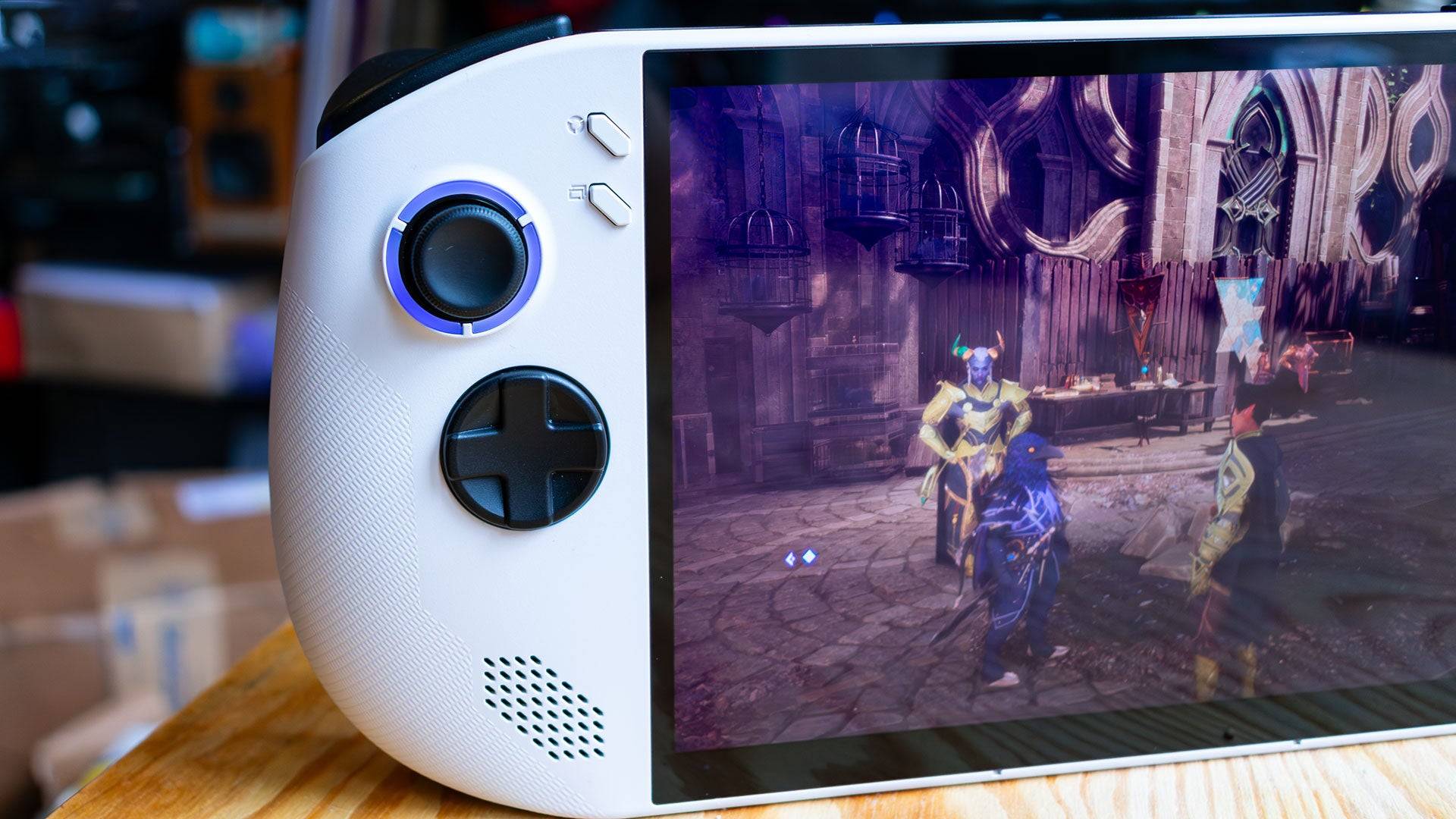
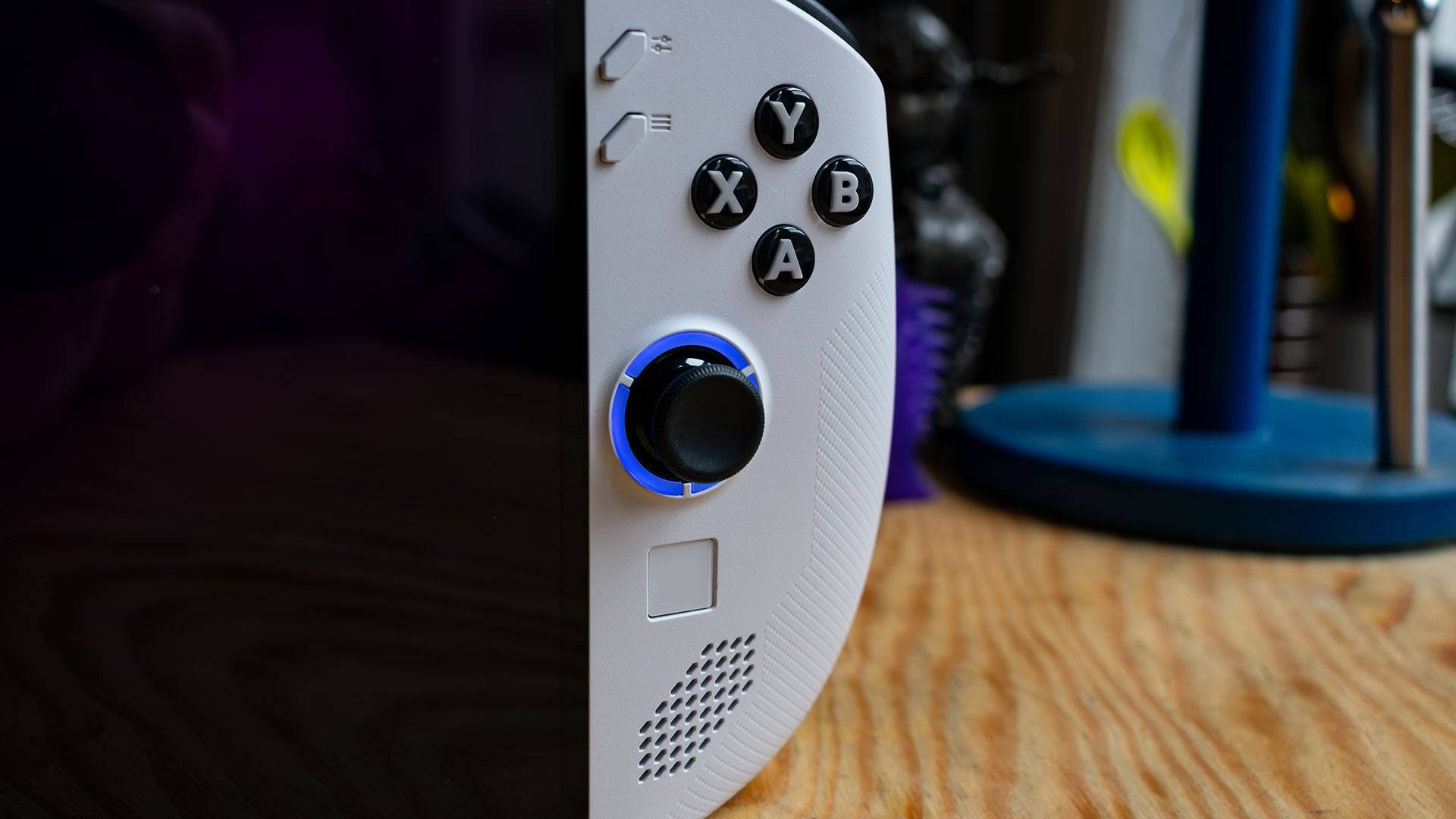 7 Images
7 Images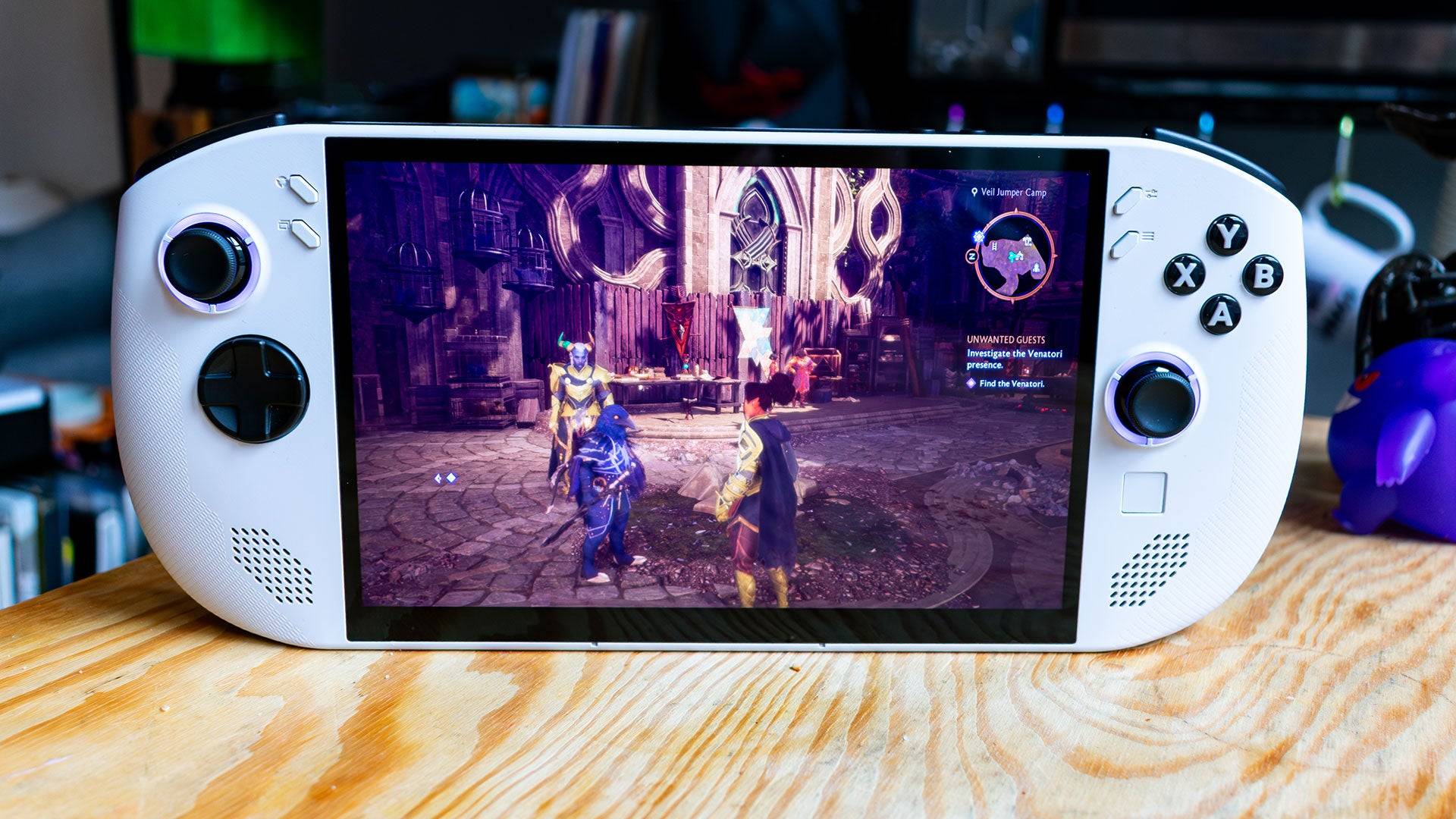
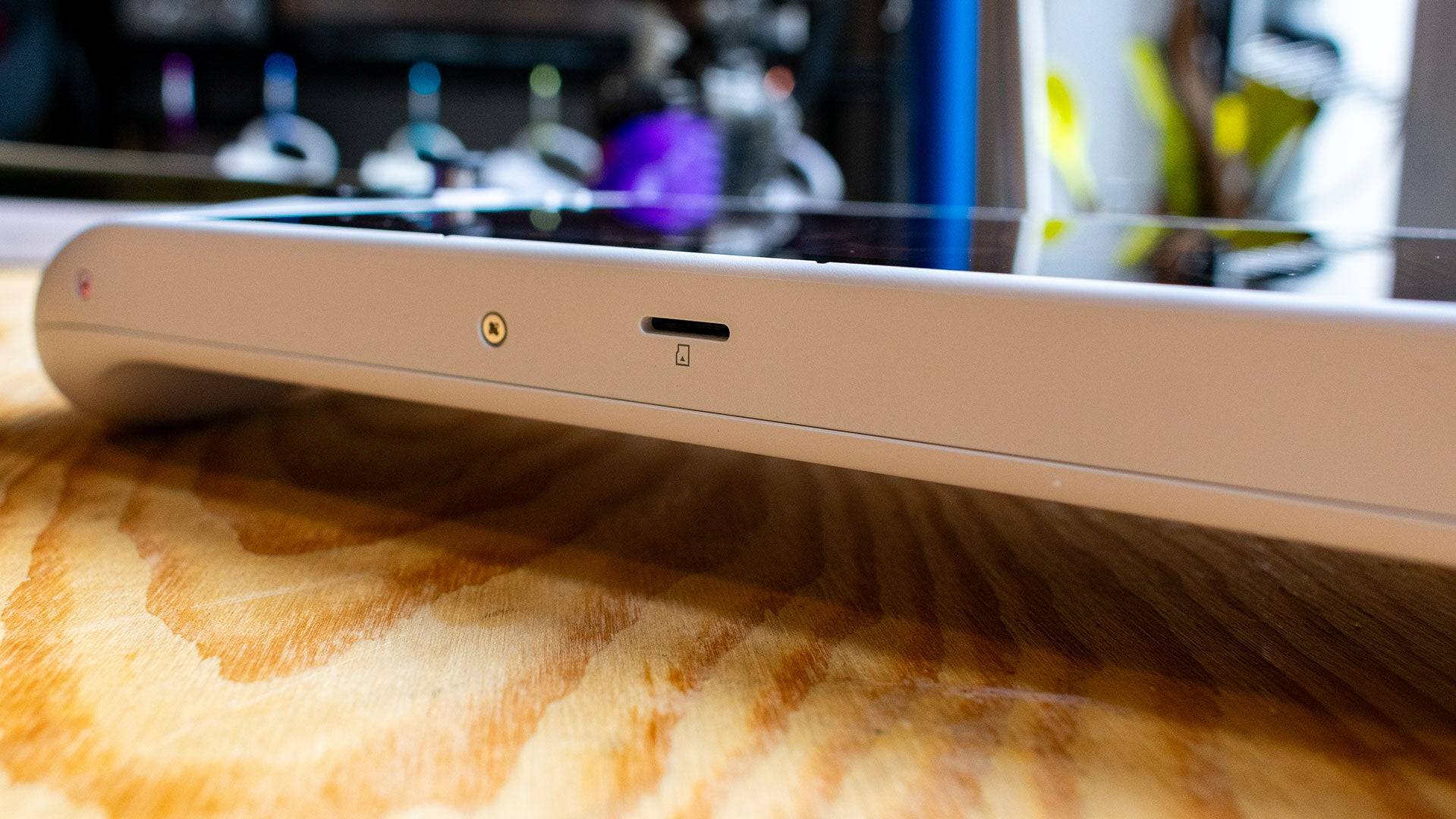
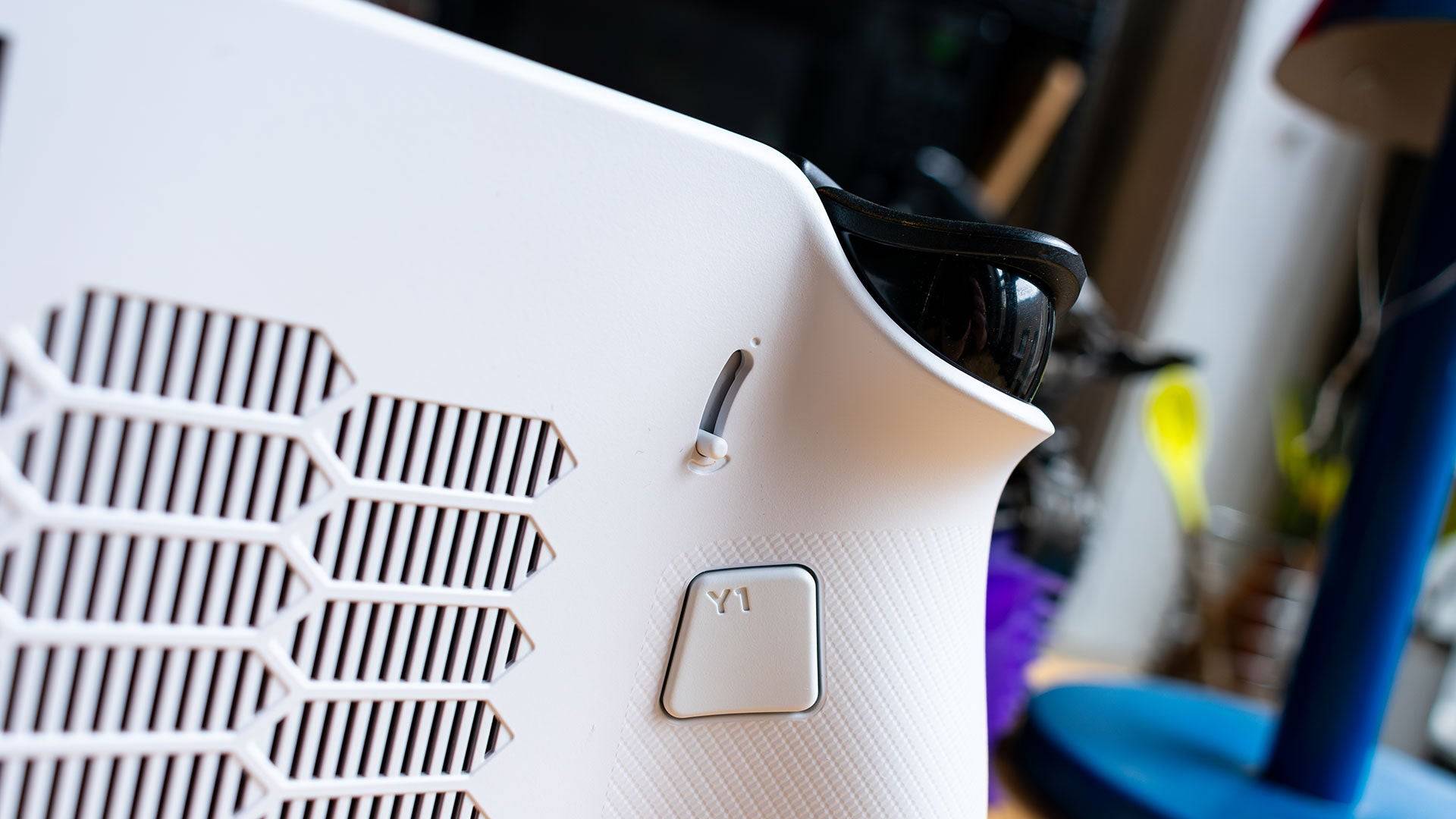
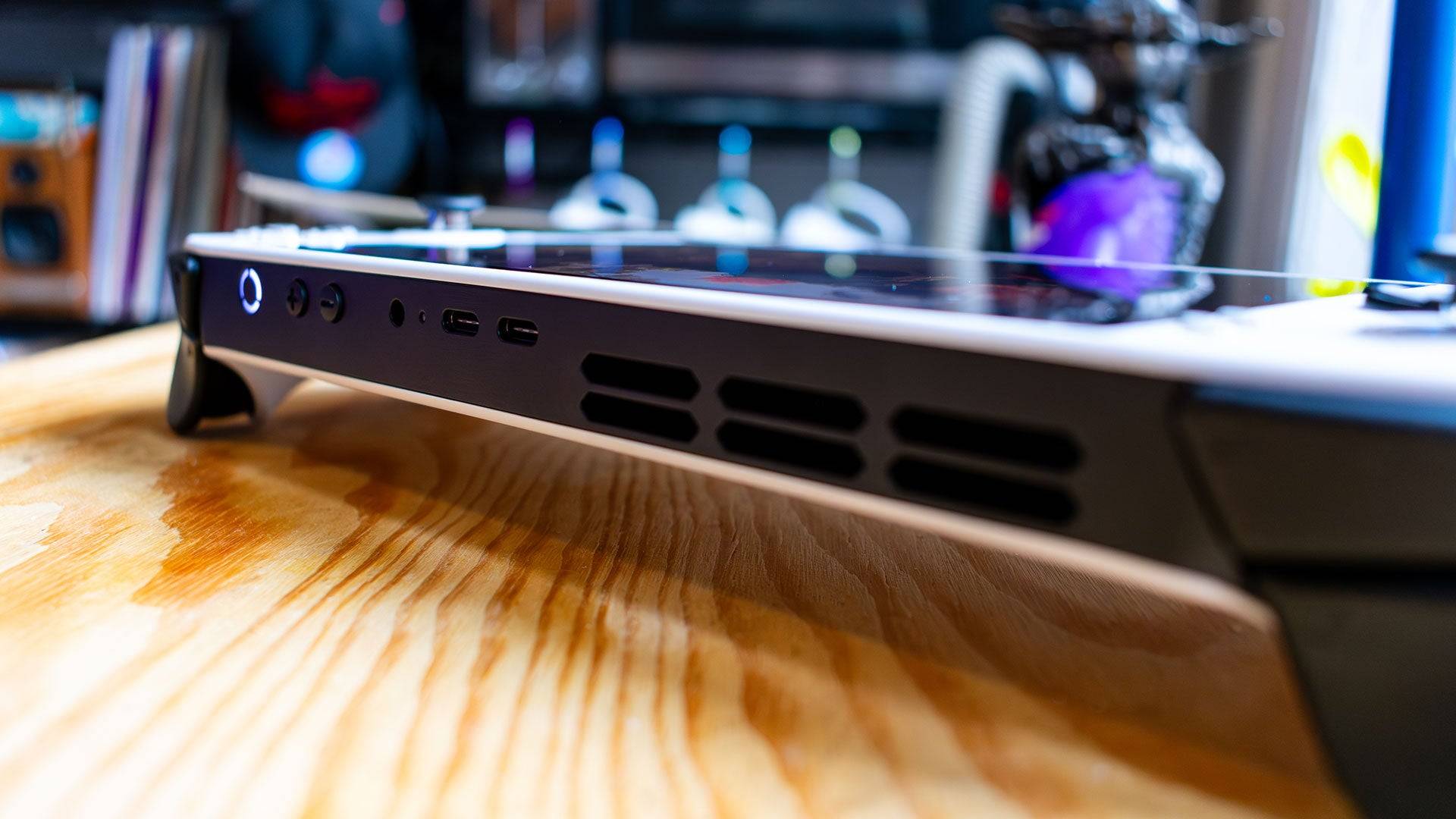
Lenovo Legion Go S – Design and Features
The Legion Go S resembles the Asus ROG Ally more than its predecessor. Its unibody design enhances usability. Rounded edges provide comfortable handling, mitigating the device's considerable 1.61-pound weight (slightly lighter than the original Legion Go, but heavier than the Asus ROG Ally X).
The 8-inch, 1200p IPS display boasts 500 nits of brightness, delivering stunning visuals. Game graphics are exceptional, rivaling even the Steam Deck OLED.
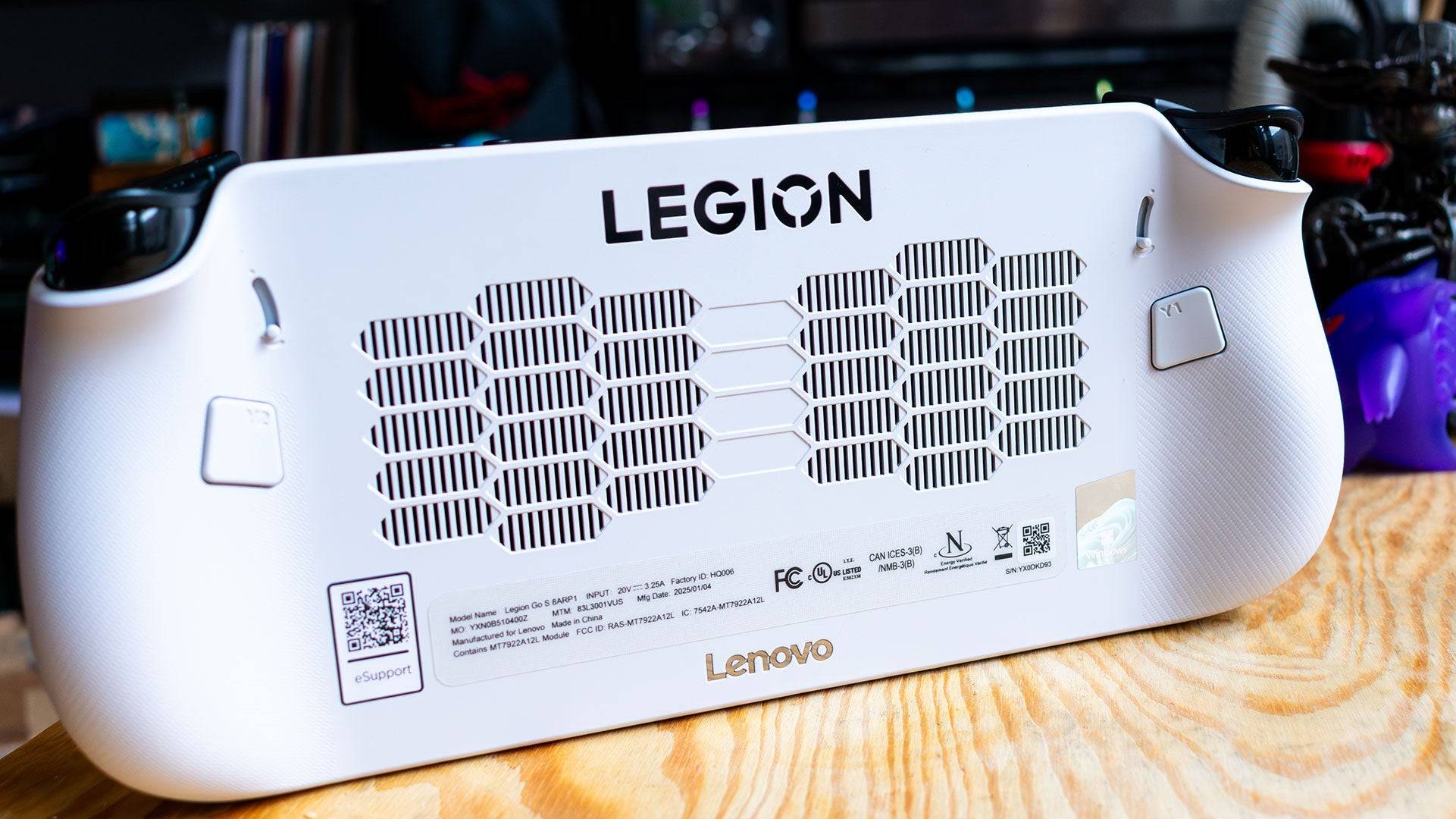
Available in Glacier White and Nebula Nocturne (the latter exclusive to the SteamOS version), the Go S features RGB lighting around the joysticks. This is easily customizable. Button placement is more intuitive than the original, though the Lenovo menu buttons above the standard ‘Start’ and ‘Select’ buttons initially cause some confusion. These menu buttons, however, offer quick access to system controls and shortcuts.
The touchpad, while smaller than the original, remains functional, though navigating Windows is slightly less intuitive. The left-side button accesses LegionSpace software for system management. Rear paddle buttons are improved, offering more resistance. Trigger travel distance is adjustable, but only to two settings. Two USB 4 ports are located on top, while the microSD card slot is unusually placed on the bottom.
Purchasing Guide
The reviewed Lenovo Legion Go S ($729.99) features a Z2 Go APU, 32GB LPDDR5 RAM, and a 1TB SSD. A cheaper configuration (16GB RAM, 512GB SSD) will be available for $599.99 in May.
Lenovo Legion Go S – Performance
The AMD Z2 Go APU (Zen 3 processor with 4 cores/8 threads and RDNA 2 GPU with 12 cores) is the Go S's defining feature, but its older technology results in performance lagging behind competitors. Battery life (4 hours 29 minutes in PCMark10) is surprisingly shorter than the original Legion Go despite the weaker chipset.
3DMark benchmarks reveal significant performance deficits compared to the original Legion Go and the ROG Ally X. Gaming performance is mixed; while some games show slight improvements over the original Legion Go, others, particularly demanding titles, struggle at higher settings. Horizon Forbidden West, for example, was notably stuttery even at low settings. Less demanding games perform much better.

Value Proposition
The $729 price tag for the initial configuration is perplexing. The weaker APU and lower resolution display should warrant a lower price. However, the 32GB RAM and 1TB SSD justify some of the cost, but the slower memory speed negates some of the benefits of the higher RAM. Manually allocating more memory to the frame buffer in the BIOS improves performance, highlighting the unnecessary excess RAM in the initial configuration. The May release of a $599 version with 16GB of RAM makes the initial configuration a poor value.
Conclusion
The Lenovo Legion Go S, while offering a refined design and a beautiful display, suffers from performance limitations and questionable pricing for the initial configuration. The $599 version, however, presents a much more competitive offering. While capable of playing most AAA titles at acceptable settings, it's not ideal for maximum graphical fidelity.
AnswerSee Results




![Chubby Story [v1.4.2] (Localizations)](https://images.737c.com/uploads/85/1719638042667f981a5e9f8.jpg)


